Rerouted
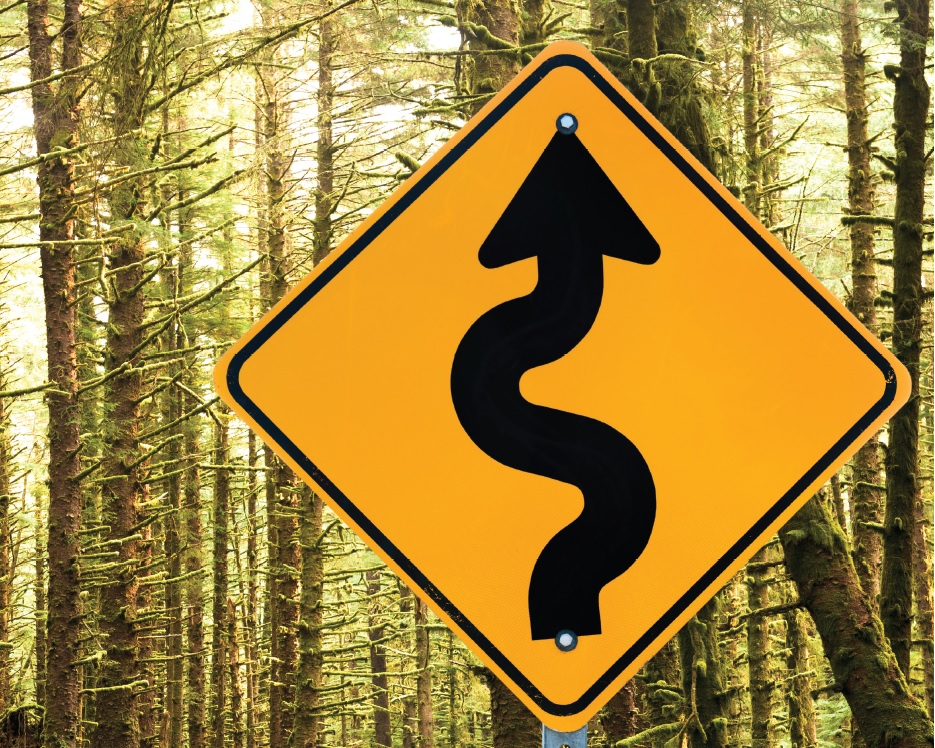
Not every dental student journeys to the profession in the express lane. Karl Veasey spent 10 years as a public school band director. Kristina Miller worked for a commercial real estate firm specializing in health care offices. Allison Hinsberger provided career services to nursing students through a workforce development agency in California.
A more direct route would have saved these students time and money in career preparation. But in their case, they say, the extra life experience provided them a necessary perspective and motivation for dental school.
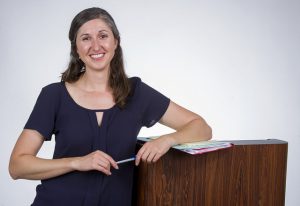
Prior career: Career services for nursing students
“After spending time working, I think you have a better idea of what you want in a career,” Hinsberger says. In her case, it meant interacting with people in a hands-on, task-oriented health care position without much time sitting in front of a computer — a rarity in today’s working world.
“Working helped me to be receptive to constructive criticism, which is an important part of dental school,” she says. “And working with clients who were struggling to find work during the recession made me realize the importance of empathy and active listening.”
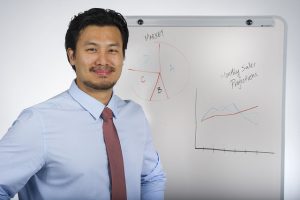
Prior career: Business management, dental assisting
According to Texas Medical and Dental Schools Application Service data, the percentage of first-year dental students in Texas age 30 or above has ranged between 4 and 7 percent over the past five years. Texas A&M College of Dentistry is on trend, with a 6 percent average of such students annually over the past decade.
While not a direct indicator of prior career experience, age does point to more than a few years of living and working before dental school.
“Finding the time to be well prepared is a challenge, but the successful applicant makes it work.” —Dr. Barbara Miller
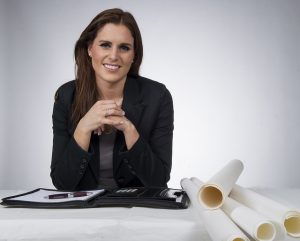
Prior career: Commercial real estate services for health care providers
A definition for “career change” can be tricky, so the Bureau of Labor Statistics doesn’t attempt to estimate a worker’s average number of career changes over a lifetime. Dr. Carolyn Booker, senior vice president for educational pathways at the American Dental Education Association, doesn’t find career changes to dentistry more common than other switches, but she can understand the appeal.
“People are seeing the value of health care careers in general, and in researching these they come across dentistry as an attractive choice,” she says. “In my experience it’s most often just something ‘that they always wanted to do’ but for whatever reason they went along another path.”
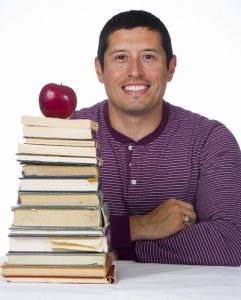
Prior career: Insurance sales, substitute teacher in public schools
Preceding a dental career with a bachelor’s degree in, say, anthropology or music or political science definitely lengthens the academic journey. Application to dental school requires students to take upper-level biology courses similar to the first-year dental curriculum, knowledge that also affects an applicant’s Dental Admission Test score.
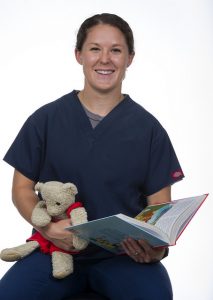
Prior career: Counselor at pediatric inpatient psychiatric facility
Dr. Barbara Miller ’83, executive director of recruitment and admissions, says, “It’s important for applicants to be aware that the Admissions Committee favors students who have more than the minimum required hours of biology coursework, and nontraditional students are no exception.”
Time also becomes a rare commodity for individuals working full time and taking classes when, in addition, they must shadow a dentist and immerse themselves in community service activities.
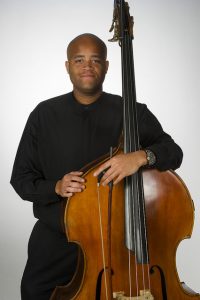
Prior career: Double bass player, Fort Worth and Plano symphony orchestras
“Finding the time to be well prepared is a challenge, but the successful applicant makes it work,” Miller says.
Practical advice on the end goal comes from one who succeeded in a major redirection: Dr. Joe Simmons ’98, who switched to dentistry two decades ago after a 19-year career as a nautical archaeologist.
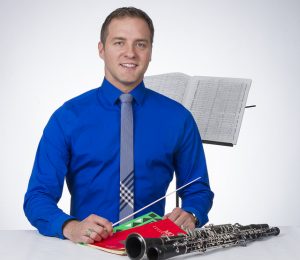
Prior career: Band director in public schools
“Dental school is expensive, and establishing a dental practice is very expensive, cautions Simmons, who is a clinical assistant professor and group leader for fourth-year students at the College of Dentistry.
“Carefully consider all expenditures, get outside opinions and listen to them, start saving early and often, and remember that no one ever got into financial trouble by keeping their expenses reasonably low.”
Read this article in its entirety in the Summer/Fall 2016 Dental Journal.